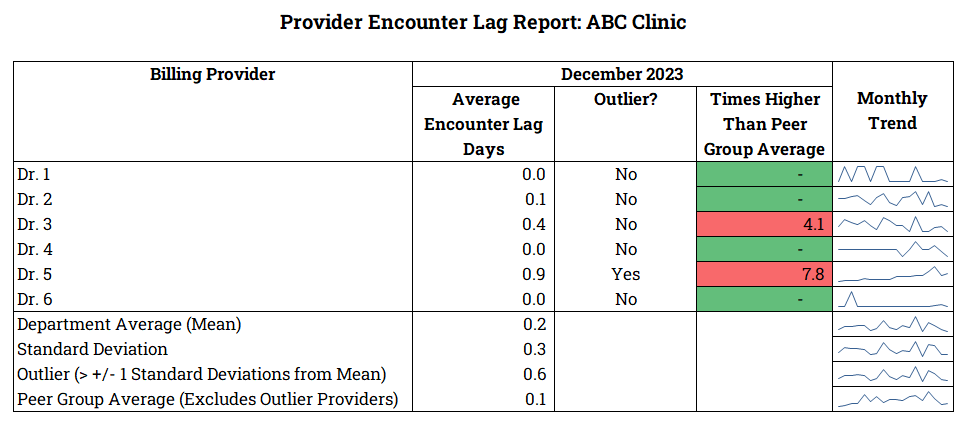 Epic Pre-AR equates to unposted charges that are held in Charge Review work queues (WQs). Fluctuations in Pre-AR are common yet can have a significant impact on your actual AR days, gross revenue, cash flow, visit statistics, provider productivity/compensation, and even patient care if providers do not complete critical documentation and close encounters in a timely manner.
Epic Pre-AR equates to unposted charges that are held in Charge Review work queues (WQs). Fluctuations in Pre-AR are common yet can have a significant impact on your actual AR days, gross revenue, cash flow, visit statistics, provider productivity/compensation, and even patient care if providers do not complete critical documentation and close encounters in a timely manner.
In the most ideal world, clinic charges are documented, coded, and posted the same day the service is provided. There will of course be exceptions to this, such as surgeries, office procedures, and other services that require review by a coder, or diagnostic services that require interpretation. However, a vast majority of visits for clinic entities are office visits that can and should be posted the same day.
Key Pre-AR metrics readily available in Epic include Pre-AR Days, Average Charge Lag Days, and Open Encounters. These metrics are important indicators of performance, but:
They are not all encompassing, primarily because charges for open encounters do not show up in Pre-AR. For charges to be recognized as Pre-AR, providers must first close their encounters. Thus, you can have revenue and cash shortfalls without even knowing they exist.
They do not tell you where the opportunities are. For example, is it because providers are not completing documentation and closing encounters timely, and is that in turn because of a lack of transparency and accountability, providers having to manually code services, and/or issues with the Epic documentation/coding templates? Or, is it because the clinics and/or coding has a backlog in reviewing charge edits or coding accounts? Is that in turn because you do not have enough staffing, there is a high volume of edits, and/or they are manually reviewing charges that can be automated?
Because providers are responsible for the encounter lag, and clinics/coders are responsible for charge review lag, it is important to differentiate these two components of the overall charge lag to understand where your opportunities lie.
Another indicator not evident from the high-level metrics is the average age of unposted charges. An organization can be at or above Epic median for overall Pre-AR Days or Average Charge Lag Days, but it still may have an undiagnosed aging problem that results in timely filing denials and write-offs.
Here are some supplemental reports that will provide greater transparency, accountability, and clarity on backlogs, along with potential performance improvement opportunities.
| Focus Area | Overview | Improvement Opportunities |
|---|---|---|
| Encounter Lag |
| Focus Area | Overview | Improvement Opportunities |
|---|---|---|
| Unbilled WQ Management |
In closing, open encounters are a critical, often unreported component of unbilled AR, and reporting transparency for that and Pre-AR are critical to reducing variations that impact financial and qualitative performance. Once the reporting is in place, you will have the foundation needed to understand where your opportunities are and then begin to develop backlog reduction strategies and solutions to sustain improvements.
Please reach out to Todd Hakala at thakala@pinnaclehca.com if you would like more information and/or to have a discussion around challenges with your Pre-AR or overall PB revenue cycle performance.
If you are interested in other Epic-related content, please refer to our Resources page.






